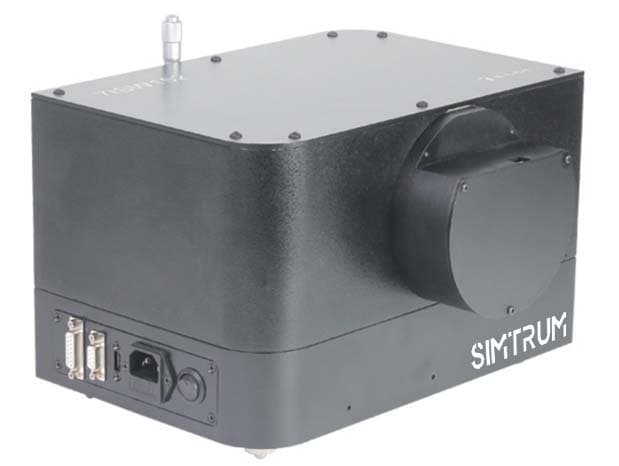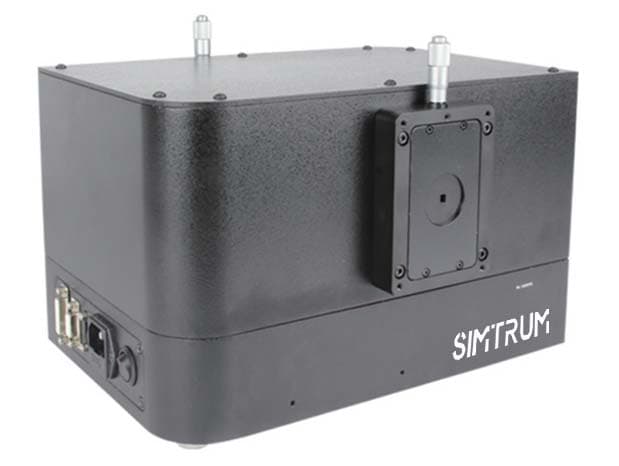Double Grating Scanning Monochromator
| Compare |
Model |
|
Drawings & Specs |
Availability |
Reference Price
(USD) |
|
|
|
 |
LA-SF01-DG-P
Parallel inlet and outlet, Adjustable slits installed, Focal length 150mm, F/# F/4.5, Stray Light 5×10⁻⁴, Slit Height 5mm, Slit Width 10μm~3mm, Standard Grating 1200g/mm, λ = 300nm, 600g/mm, λ = 1000nm, (Refer to grating model table for other optional grating models)
|
|
4-6 Weeks |
$2486.16 |
|
|
|
 |
LA-SF01-DG-P-CCD
Parallel inlet and outlet, Adjustable slits at inlet, CCD at outlet, Focal length 150mm, F/# F/4.5, Stray Light 5×10⁻⁴, Slit Height 5mm, Slit Width 10μm~3mm, Standard Grating 1200g/mm,λ = 300nm; 600g/mm,λ = 1000nm, (Refer to grating model table for other optional grating models)
|
|
4-6 Weeks |
$3043.68 |
|
LA-SF01-DG-P-CCD - Parameter
LA-SF01-DG-P-CCD - Download
Accessories
| Compare |
Model |
|
Drawings & Specs |
Availability |
Reference Price
(USD) |
|